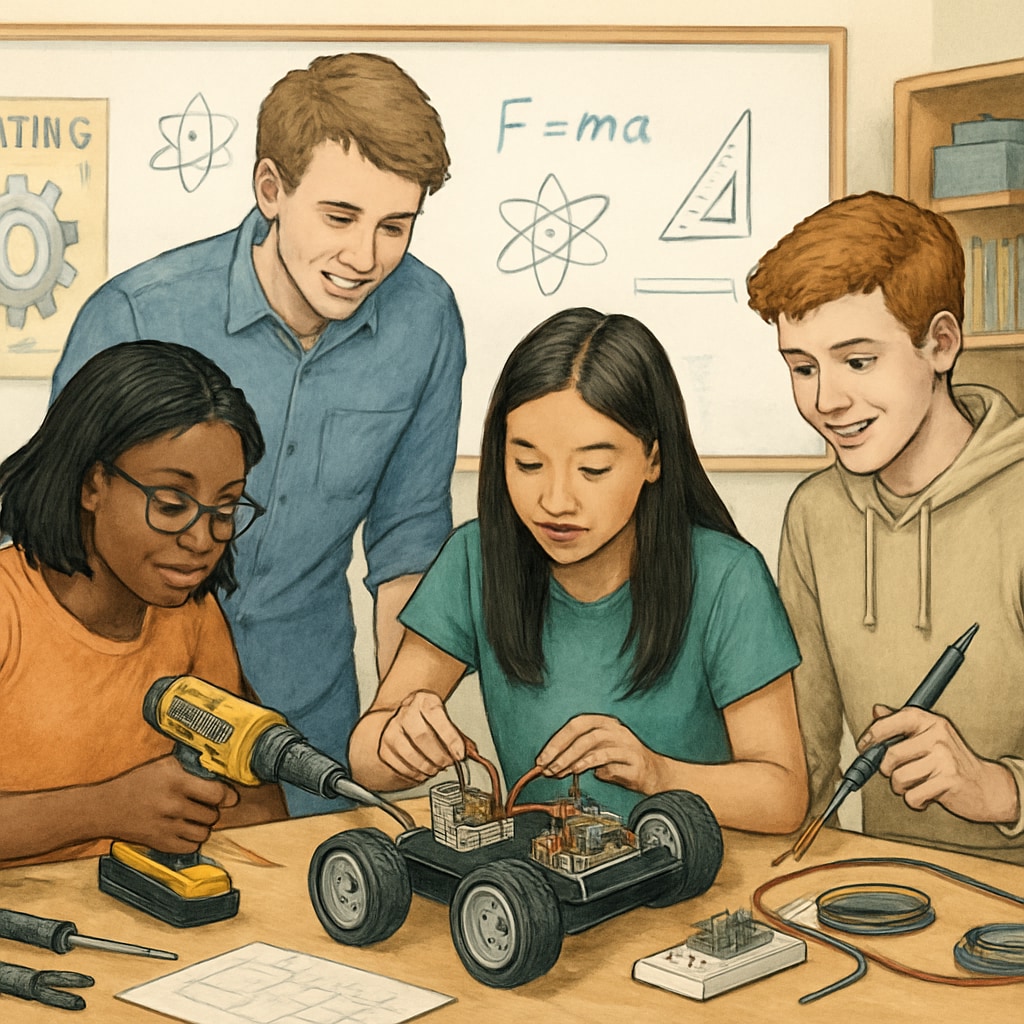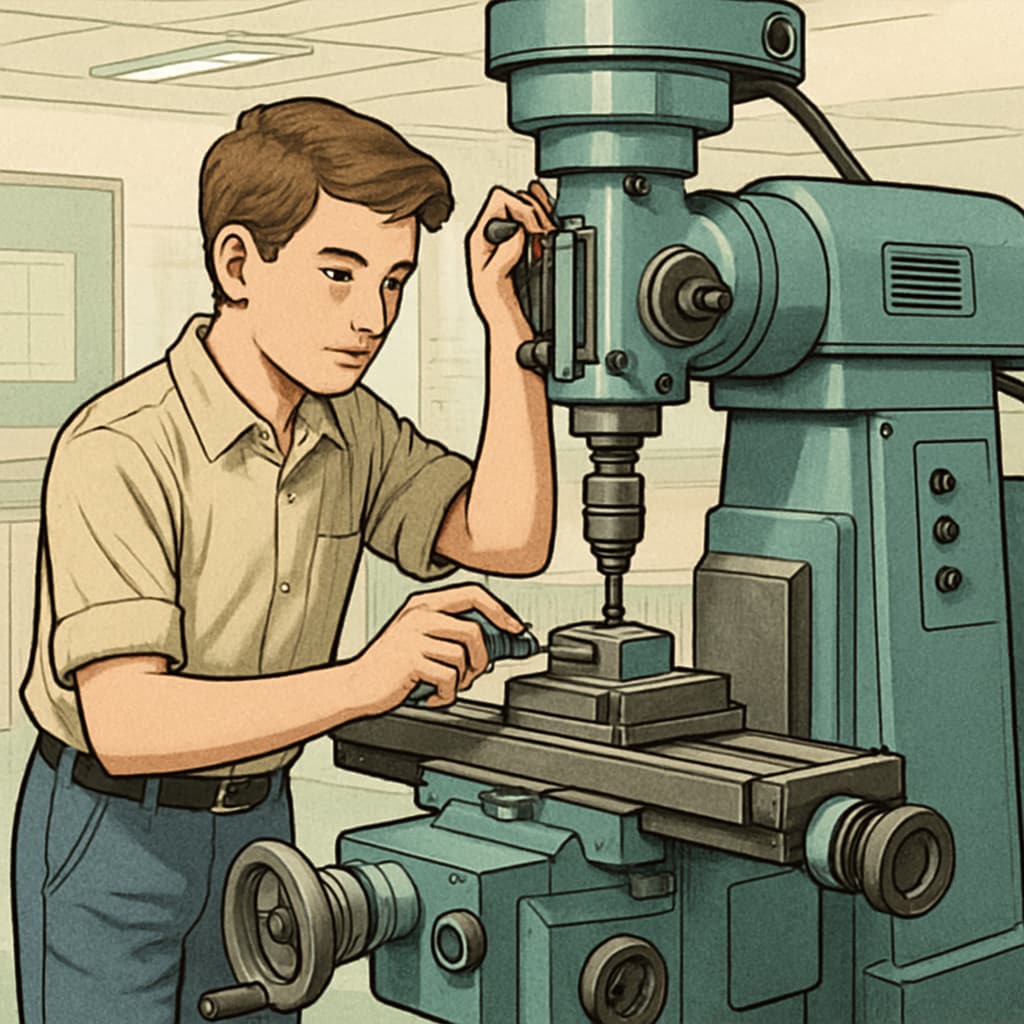In today’s rapidly evolving educational landscape, achieving a balance between vocational technical education (CTE), traditional disciplines, and district implementation methods has become a cornerstone of K-12 education reform. The integration of CTE alongside core academic subjects like mathematics, science, and literature equips students with both theoretical knowledge and practical skills. This article explores how these two educational streams complement each other, examines implementation models across school districts, and outlines actionable strategies for creating a cohesive education system.
The Complementary Nature of Vocational and Traditional Education
Vocational technical education (CTE) and traditional academic disciplines are often viewed as opposing approaches. However, they can be harmonized to provide students with well-rounded learning experiences. CTE programs focus on hands-on, career-oriented training, preparing students for industries such as healthcare, technology, and skilled trades. Meanwhile, traditional subjects build foundational skills like critical thinking, communication, and problem-solving.
For example, a student enrolled in a CTE program for engineering might apply their knowledge of mathematics in practical settings, such as designing prototypes or solving real-world engineering problems. This synergy enables students to see how traditional academic concepts are applied in professional contexts, fostering greater engagement and understanding.

District-Level Approaches to CTE Implementation
School districts adopt varied approaches to integrating CTE with traditional education. These methods often depend on resources, community needs, and state-level education policies. Below are three common implementation models:
- Standalone CTE Schools: Some districts establish dedicated vocational schools that focus exclusively on technical education. These schools often partner with local industries to ensure students are job-ready upon graduation.
- Integrated CTE Tracks: In this model, regular high schools offer CTE programs alongside traditional subjects. Students can choose elective courses in fields like business, IT, or culinary arts while completing core academic requirements.
- Dual Enrollment Programs: Districts may collaborate with community colleges or technical institutions to allow students to earn college credits while pursuing high school diplomas.
Each model has its own strengths. For instance, standalone vocational schools may offer specialized facilities, while integrated tracks provide flexibility for students pursuing diverse career goals.

Building a Comprehensive Education System
To create a balanced education system that incorporates both vocational and traditional disciplines, schools and policymakers must address several key factors:
- Curriculum Design: Develop interdisciplinary programs that connect CTE and academic subjects. For example, a course in environmental science can integrate technical skills in renewable energy system design.
- Teacher Training: Equip educators with the skills to teach both traditional and vocational subjects. Cross-disciplinary training can help teachers demonstrate the real-world applications of academic concepts.
- Industry Partnerships: Collaborate with local businesses and industries to provide internships, mentorships, and resources for CTE programs. These partnerships ensure that vocational training aligns with workforce demands.
- Assessment and Metrics: Develop evaluation methods that measure both academic achievement and technical proficiency. This dual-focus approach ensures that students are prepared for post-secondary education and careers.
By addressing these factors, schools can build a system that values both career readiness and academic excellence, preparing students to thrive in a complex and competitive world.
The Path Forward for K-12 Education
Balancing vocational technical education and traditional disciplines is not merely an educational trend—it is a necessity for preparing future generations. Schools must prioritize collaboration between academic and vocational departments, foster partnerships with industries, and adapt to the unique needs of their communities. As a result, students will graduate with a diverse skill set, ready to face the challenges of higher education and the workforce.
Ultimately, the integration of CTE and traditional subjects represents the future of K-12 education. By embracing this balance, schools can shape well-rounded, adaptable learners who are equipped to succeed in both academic and professional spheres.
Readability guidance: This article uses short paragraphs, clear headings, and actionable lists to enhance readability. Transition words like “however” and “for example” are used to connect ideas. Efforts are made to minimize passive voice and maintain sentence clarity.


